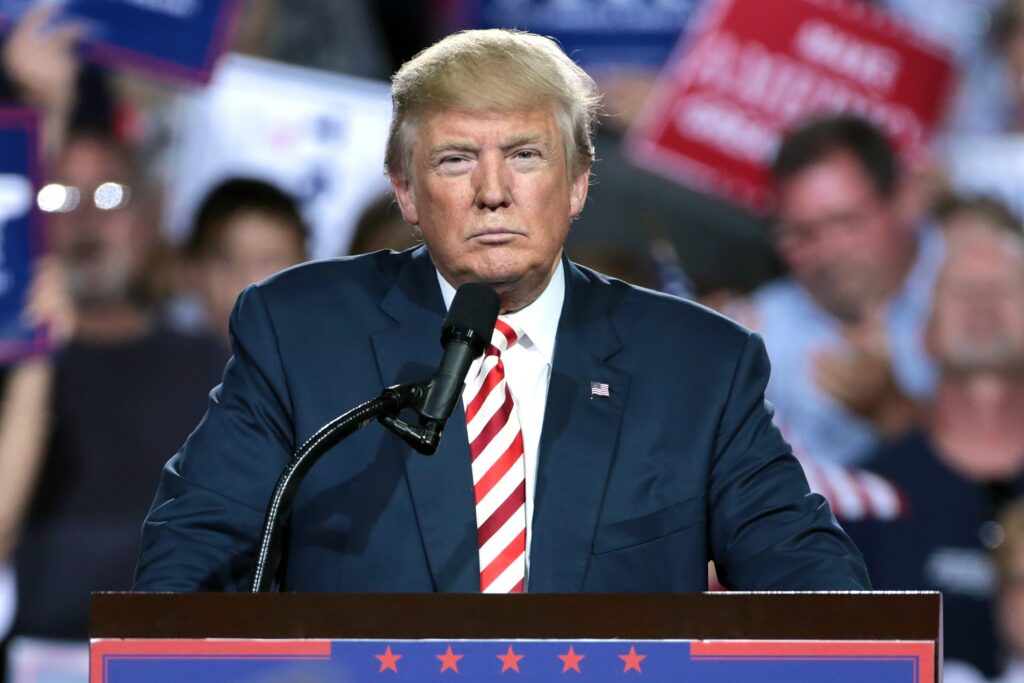Abortion
3 challenges pro-lifers will face under a second Trump administration
As I noted in my LSN podcast episode this week, the pro-life movement faces three primary challenges in the second Trump administration: leadership, propaganda, and money.
The first challenge is easy to understand. While it is true that Kamala Harris ran on abortion and lost, it is also true that Donald Trump ran on a pro-abortion platform and won. Trump consistently condemned state-level pro-life laws, condemned only late-term abortion, and made precisely one specific abortion-related promise: That he will veto any abortion restrictions placed on his desk in the Oval Office.
Many of his administration picks are also pro-choice people who oppose only late-term abortion. Robert F. Kennedy Jr. opposes only late-term abortion (and only on babies that are healthy). Elon Musk opposes abortion only after viability. Tulsi Gabbard is pro-abortion, as are several of his other picks. The only prominent exceptions thus far are Marco Rubio (nominated for secretary of state), who was oddly silent during Florida’s Amendment 4 campaign, and Vice President-elect JD Vance, who says he is pro-life but has proven unwilling to defend his convictions (most notably during his conversation with Joe Rogan).
This leadership vacuum has lent an added effectiveness to the deluge of pro-abortion propaganda—most of it outright lies—that has pushed many Americans into the pro-abortion camp since the Dobbs decision. As I’ve detailed before, the press has claimed that women are dying due to being denied abortions; that miscarriage care is becoming inaccessible; that pro-life laws prevent life-saving interventions; that women who have miscarriages are being investigated for homicide. All of this is utterly untrue, but it has been extremely effective.
But when not even pro-life Republicans decline to push back—such as JD Vance failing to rebut Tim Walz’s lie that Amber Thurman died from being denied an abortion during the vice-presidential debate—their silence is seen as confirmation.
Finally, we have the issue of money. I wrote on this subject recently in this space, but some of the details are worth revisiting, in particular because there are two notable exceptions to the trend that should be considered. These numbers are rounded:
In Florida, abortion activists spent $110 million and pro-lifers spent $12 million.
In Missouri (where pro-lifers lost narrowly), abortion activists spent $30,650,000 and pro-lifers spent $1.4 million.
In Arizona, abortion activists spent $17.4 million and pro-lifers spent $480,000.
In Montana, abortion activists spent $12 million and pro-lifers spent $105,000.
In Colorado, abortion activists spent $9 million and pro-lifers spent $300,000.
In Nebraska, abortion activists spent $6.4 million and pro-lifers spent $10 million.
In South Dakota, abortion activists spent $1 million and pro-lifers spent $2 million.
In Maryland, abortion activists spent $560,000 and pro-lifers spent $82,000.
You’ll notice that in the two referendums where pro-lifers outspent abortion activists—Nebraska and South Dakota—they won. The other victory, in Florida, was in large part due to the stalwart pro-life leadership of Governor Ron DeSantis, who defending the pro-life cause at every possible opportunity and did everything in his power to stop Amendment 4. He used his bully pulpit to push back against the propaganda, and it worked. This is important to note, because DeSantis’ pro-life leadership in Florida provides a model for the rest of the country.
What can we conclude? First, that pro-lifers will need to push hard and lobby constantly to get a foothold in the second Trump administration, to both oppose the promised IVF mandate and push for pro-life policy wherever possible. Second, well-funded, well-led campaigns can be successful—we saw that on election day. The post-Dobbs losing streak is over, and we know what the recipe for future success looks like.








